Reduction or Expansion of the Number of Nuclear Weapons?
CCNS NEWS UPDATE
Runs 12/5/14 through 12/12/14
(THEME UP AND UNDER) This is the CCNS News Update, an overview of the latest nuclear safety issues, brought to you every week by Concerned Citizens for Nuclear Safety. Here is this week’s top headline:
- Reduction or Expansion of the Number of Nuclear Weapons?
The push and pull about what to do with the number of nuclear weapons in the U.S. stockpile is making headlines across the country, while at the same time the National Nuclear Security Administration (NNSA) is asking Los Alamos National Laboratory (LANL) to examine whether the Chemistry and Metallurgy Research Replacement (CMRR) Project radiological laboratory can withstand an 47-fold increase in the amount of plutonium-239 allowed.
Senator Dianne Feinstein wrote a Washington Post editorial entitled, “America’s nuclear arsenal is unnecessarily and unsustainably large.” http://www.washingtonpost.com/opinions/dianne-feinstein-our-large-nuclear-arsenal-is-unnecessary-and-unsustainable/2014/12/03/1f835ed0-7320-11e4-9c9f-a37e29e80cd5_story.html She referenced that the Congressional Budget Office estimates the U.S. will spend $355 billion over the next decade on nuclear weapons, and the James Martin Center for Nonproliferation Studies estimates the U.S. will spend $1 trillion over the next three decades for new weapons facilities, nuclear-capable submarines, and long-range bombers.
She argues that the U.S. should reduce the number of backup nuclear weapons from two for each of the 4,804 active weapons in the stockpile. Senator Feinstein concludes, “We can reduce these reserve weapons without the painstaking task of negotiating further arms-control treaties. We can do so without negatively affecting our national security or our global deterrence. And doing so could save hundreds of millions of dollars a year.”
Recently, the NNSA, a semi-autonomous agency within the Department of Energy (DOE), sent a memo to LANL requesting an analysis about whether it would be possible to increase the amount of plutonium used in the new CMRR Radiological Laboratory Utility Office Building (RLUOB) from 38.6 grams to 400 grams of plutonium-239. http://www.dnfsb.gov/sites/default/files/Board%20Activities/Reports/Site%20Rep%20Weekly%20Reports/Los%20Alamos%20National%20Laboratory/2014/wr_20141024_65.pdf Four hundred grams is equivalent to a little more than 14 ounces, or nearly a pound. Because Plutonium-239 is used its nuclear weapons, it is considered a “special” nuclear material.
The RLUOB is the first facility built in the CMRR Project, a DOE proposal to increase the manufacture of plutonium triggers for nuclear weapons from 20 per year to 50 to 80 per year. Since 2003, when the CMRR Project was first proposed, many have opposed it.
The amount of plutonium allowed in the RLUOB was first limited to 8.4 grams, or about one-third of an ounce. But NNSA recently gave itself permission to increase that amount to 38.6 grams, all without any type of public process.
The memo asks LANL to consider changing the status of the RLUOB from a radiological facility to a Hazard Category 3 nuclear facility. But DOE and NNSA explicitly stated in its 2011 final environmental impact statement, “NNSA would not operate RLUOB as anything other than a radiological facility, which would significantly limit the total quantity of special nuclear material that could be handled in the building.”
LANL has five months to complete the analysis.
This has been the CCNS News Update. To learn more, please visit our website at http://www.nuclearactive.org.
Tags: CMRR, Congressional Budget Office, Dianne Feinstein, DNFSB, LANL, NNSA, nuclear weapons, plutonium, RLUOB



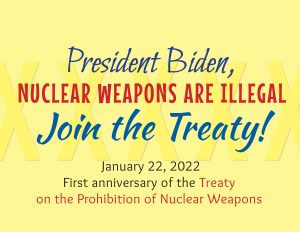
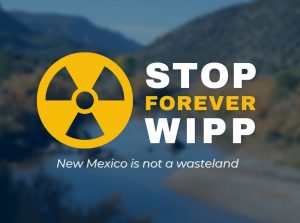






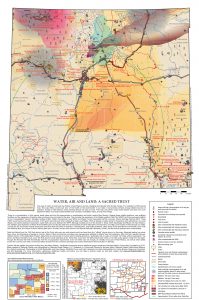
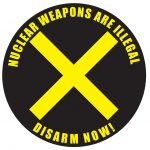
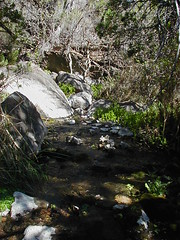

Comments
No comments so far.